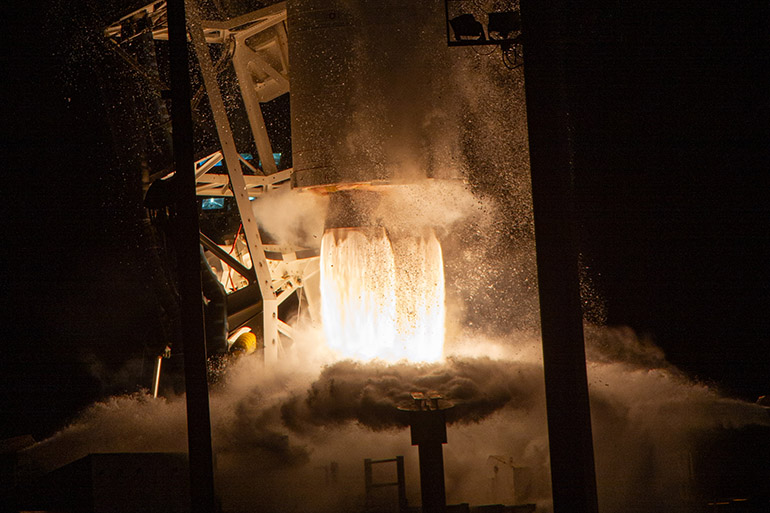2023-10-03 ノースウェスタン大学
◆AIは進化の過程を迅速に再現し、新しい種のロボットを生み出す革命的な方法を提供します。この発見は、人間の制約にとらわれない新しいAIデザインツールの時代の幕開けと見なされています。 AIによって設計されたロボットは、物理世界で歩行可能で、新しいデザインアプローチを採用しており、将来的に難解な問題の解決に貢献できる可能性があります。
<関連情報>
- https://news.northwestern.edu/stories/2023/10/instant-evolution-ai-designs-new-robot-from-scratch-in-seconds/
- https://www.pnas.org/doi/10.1073/pnas.2305180120
ロボットの効率的な自動設計 Efficient automatic design of robots
David Matthews, Andrew Spielberg, Daniela Rus, Sam Kriegman, and Josh Bongard
Proceedings of the National Academy of Sciences Published:October 3, 2023
DOI:https://doi.org/10.1073/pnas.2305180120

Significance
AI systems have taken massive strides designing prose, artwork, gameplay, software, and proteins but have yet to master the design of complex physical machines. Here we introduce an automatic optimization method that can design self-moving machines—robots—from scratch by tracing failures in their behavior back to errors or inefficiencies in particular parts of their physical structure. Because this method improves the robot in this way, it can optimize the interdependent parts of the robot much more rapidly than the current approach, in which the designer tries different robot designs in a trial-and-error fashion. This opens the way toward bespoke AI-driven design of robots for a wide range of tasks, rapidly and on demand.
Abstract
Robots are notoriously difficult to design because of complex interdependencies between their physical structure, sensory and motor layouts, and behavior. Despite this, almost every detail of every robot built to date has been manually determined by a human designer after several months or years of iterative ideation, prototyping, and testing. Inspired by evolutionary design in nature, the automated design of robots using evolutionary algorithms has been attempted for two decades, but it too remains inefficient: days of supercomputing are required to design robots in simulation that, when manufactured, exhibit desired behavior. Here we show de novo optimization of a robot’s structure to exhibit a desired behavior, within seconds on a single consumer-grade computer, and the manufactured robot’s retention of that behavior. Unlike other gradient-based robot design methods, this algorithm does not presuppose any particular anatomical form; starting instead from a randomly-generated apodous body plan, it consistently discovers legged locomotion, the most efficient known form of terrestrial movement. If combined with automated fabrication and scaled up to more challenging tasks, this advance promises near-instantaneous design, manufacture, and deployment of unique and useful machines for medical, environmental, vehicular, and space-based tasks.



